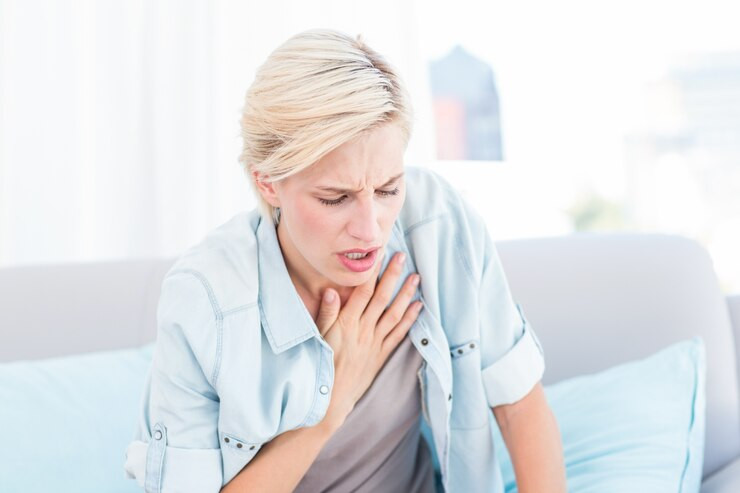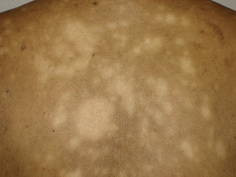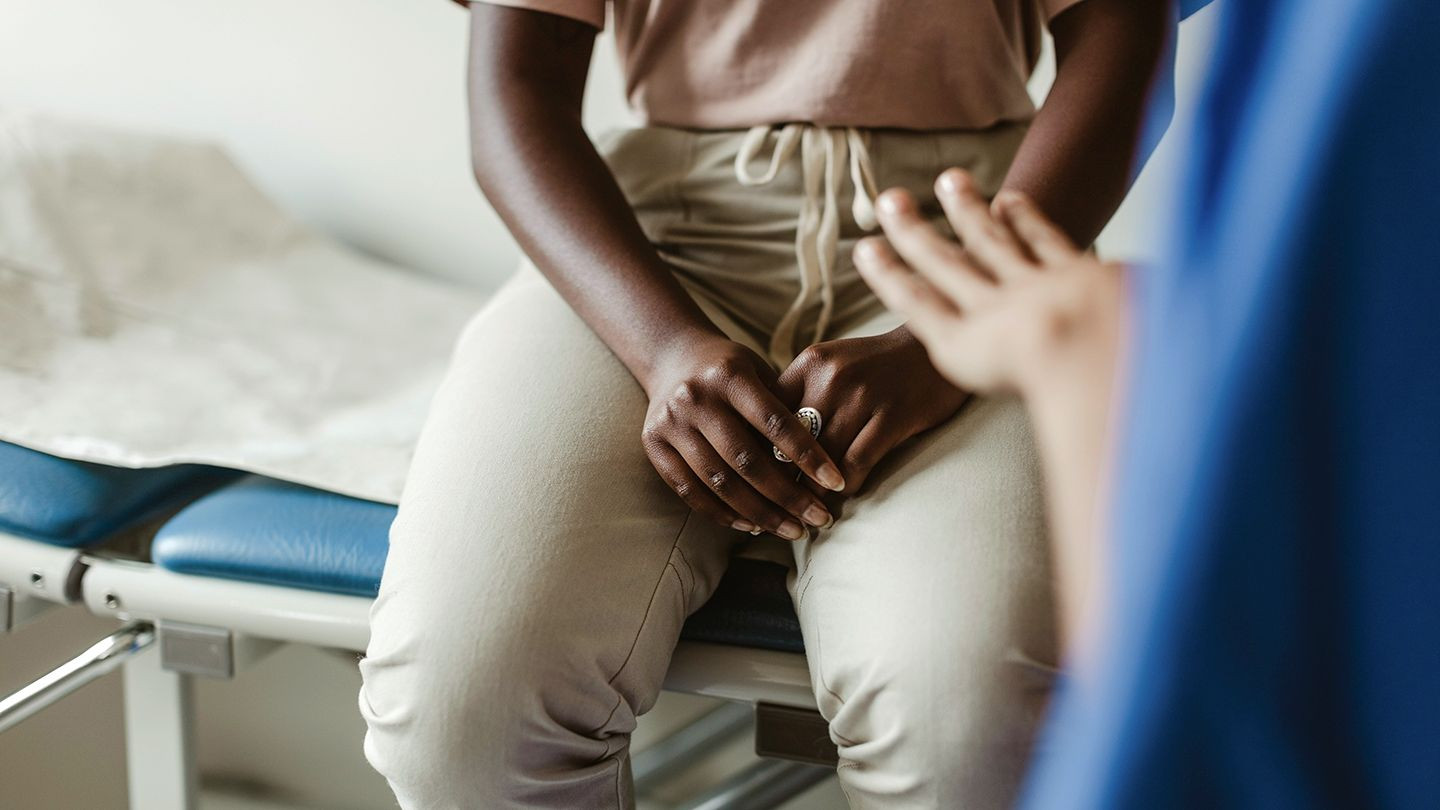Definisi
Manusia bernapas dengan menggunakan organ paru. Tubuh Anda dilengkapi dengan dua buah paru, yaitu paru kanan dan paru kiri. Kedua paru Anda dilapisi oleh suatu selaput yang memisahkan paru dengan rongga dada yang ditempatinya, dan selaput ini berfungsi untuk melindungi paru dan rongga dada Anda. Selaput pelindung ini dikenal dengan nama pleura.
Lapisan pleura ini terbagi menjadi dua tergantung bagian yang diselubunginya, yaitu pleura viseral yang melapisi organ paru, dan pleura parietal yang melapisi bagian dalam rongga dada. Di antara dua jenis selaput pleura ini, terbentuklah rongga pleura atau ruang antar pleura. Pada rongga pleura terdapat cairan pleura yang berfungsi untuk melumasi dan membantu memaksimalkan kontraksi paru saat Anda bernapas. Pada kondisi normal, cairan pada ruang pleura ini hanya berjumlah sedikit, yaitu 0,1-0,2 mL per kilogram berat badan kita.
Selaput pleura ini dapat mengalami peradangan, dan kondisi tersebut dikenal dengan nama pleuritis. Peradangan pada pleura akan menimbulkan gejala nyeri yang khas (nyeri pleuritik), digambarkan sebagai suatu nyeri dada yang menusuk dan semakin terasa terutama saat batuk atau bernapas dalam.
Terdapat banyak penyebab terjadinya pleuritis. Ketika dokter Anda mencurigai Anda mengalami pleuritis, dokter akan mencari penyebab yang mendasarinya. Pada beberapa kasus, orang yang mengalami pleuritis juga dapat mengalami efusi pleura. Efusi pleura terjadi ketika ada penambahan jumlah cairan yang tidak normal pada rongga pleura.
Ketika kondisi peradangan disertai dengan efusi pleura, penumpukan cairan tersebut akan menekan paru dan dapat menyebabkan paru tidak bisa berfungsi dengan baik. Anda dapat merasakan napas yang dangkal seiring dengan semakin meningkatnya jumlah penumpukan cairan di dalam rongga pleura. Ketika penumpukan cairan tersebut disertai dengan infeksi atau munculnya nanah di rongga pleura, kondisi ini dikenal dengan nama empiema.
Penyebab
Terdapat banyak penyakit yang dapat menyebabkan terjadinya pleuritis, beberapa kondisi medis yang paling sering menyebabkan terjadinya pleuritis adalah infeksi tuberkulosis dan pneumonia. Di bawah ini adalah kondisi medis yang dapat menimbulkan peradangan pada pleura, yaitu:
- Kanker atau keganasan, dapat terletak pada organ paru, selaput pleura, atau berdekatan dengan selaput pleura
- Trauma pada dada,
- Endometriosis dada, ketika jaringan yang melapisi dinding rahim tumbuh secara tidak normal di dada
- Rheumatoid arthritis, penyakit autoimun yang menyebabkan peradangan pada sendi
- Pneumothorax atau masuknya udara ke dalam rongga pleura sehingga paru mengempis
- Diseksi aorta atau robekan pada pembuluh darah besar aorta
- Pneumonia (infeksi yang menyebabkan peradangan pada paru)
- Perikarditis atau peradangan pada selaput jantung yang terjadi mendadak
- Infeksi virus seperti influenza atau gondongan
- Emboli atau gumpalan darah pada pembuluh arteri paru
Pleuritis dapat terjadi pada semua kalangan dari berbagai usia. Namun, orang yang berusia lebih dari 65 tahun memiliki risiko lebih tinggi mengalami infeksi dada sehingga rentan juga mengalami pleuritis.
Faktor Risiko
Terdapat beberapa kondisi yang dapat meningkatkan risiko seseorang mengalami pleuritis, di antaranya:
- Memiliki penyakit pada saluran napas
- Asbestosis atau penyakit paru akibat menghirup asbes
- Asma
- Penyakit paru obstruktif kronis (PPOK)
- Kanker atau keganasan
- Penyakit autoimun dimana sistem kekebalan tubuh menyerang jaringan dan organ tubuh sendiri, seperti lupus dan rheumatoid arthritis
- Adanya riwayat operasi pada dada atau trauma pada dada
- Penyakit peradangan usus besar
- Mengonsumsi obat-obatan tertentu seperti hydralazine (menurunkan tekanan darah tinggi), isoniazid (antibiotik tuberkulosis), dan procainamide (obat detak jantung yang tidak beraturan)
Gejala
Gejala yang muncul pada pleuritis berupa nyeri pleuritik. Nyeri ini digambarkan sebagai suatu nyeri tajam seperti ditusuk benda tajam dan terasa ketika Anda sedang bernapas. Nyeri ini dapat menghilang ketika Anda menahan napas atau menekan bagian yang terasa nyeri. Namun, rasa nyeri akan semakin memburuk ketika Anda bersin, batuk, atau berpindah posisi. Beberapa gejala lain yang dapat muncul pada pleuritis berupa:
- Rasa nyeri pada salah satu sisi dada, atau menjalar ke bahu dan punggung
- Pernapasangan dangkal dan pendek untuk menghindari rasa sakit
- Demam
- Menggigil
- Penurunan nafsu makan
Diagnosis
Wawancara dan pemeriksaan fisik
Dokter akan melakukan wawancara terlebih dahulu mengenai keluhan yang dirasakan, bila terdapat penyakit paru lain yang Anda miliki, serta riwayat medis dan pengobatan yang sudah Anda jalani. Jika berdasarkan wawancara dokter Anda menemukan adanya gejala berupa nyeri pleuritik, dokter akan melakukan pemeriksaan fisik pada paru dengan stetoskop untuk mendengar suara pernapasan dari paru. Pada pleuritis, dokter akan mendengar bunyi khas yang timbul karena pergeseran selaput pleura yang meradang saat dinding dada bergerak (bernapas, batuk, bersin, dll.).
Pemeriksaan penunjang
Dokter Anda kemudian akan melakukan beberapa pemeriksaan penunjang untuk menegakan diagnosis pleuritis. Tes yang dilakukan dapat berupa pemeriksaan darah serta pemeriksaan pencitraan. Dokter dapat memeriksa darah Anda untuk melihat adanya tanda infeksi atau peradangan yang sedang terjadi di dalam tubuh. Bila pasien terlihat sesak napas, dapat dilakukan analisa gas darah yang mengukur keasaman darah, serta kadar oksigen dan karbondioksida di dalam darah.
Karena gejala yang dirasakan pasien berada di area dada, dokter dapat melakukan pemeriksaan rekam jantung atau elektrokardiogram (EKG) untuk mengukur aktivitas listrik dari jantung, dan melihat bila penyebab keluhan yang dirasakan berasal dari jantung atau bukan.
Pada pencitraan, terdapat beragam jenis pemeriksaan yang bisa dilakukan untuk menunjang diagnosa dan melihat kondisi yang ada di dalam rongga dada, yaitu:
- Rontgen dada dengan sinar X
- CT (Computerized Tomography) scan atau MRI (Magnetic Resonance Imaging)
- USG (ultrasound)
Tata Laksana
Anda akan disarankan untuk berbaring ke sisi dada yang terasa nyeri untuk membuat Anda merasa nyaman. Pada pleuritis, jika Anda mengalami nyeri pleuritik maka dokter akan memberikan obat antinyeri. Tidak hanya itu, obat yang diberikan bertujuan untuk mengurangi gejala yang dirasakan. Selain obat antinyeri, dokter Anda juga akan memberikan pengobatan sesuai dengan penyebab yang mendasari terjadinya pleuritis pada Anda.
Pada penyakit infeksi atau adanya nanah pada rongga pleura, khususnya yang disebabkan oleh bakteri, maka dokter akan meresepkan obat antibiotik pada pasien. Bila pleuritis disebabkan oleh penyakit autoimun, obat yang diberikan bisa berupa anti peradangan atau steroid untuk mengurangi keparahan gejala. Pada pleuritis yang disebabkan oleh adanya tumor, tergantung pada stadium tumor, terapi yang disarankan untuk mengangkat atau mengecilkan ukuran tumor bisa berupa pembedahan, terapi radiasi atau kemoterapi.
Outcome dari terapi yang diberikan tergantung pada tingkat keparahan penyakit penyebab. Bila penyakit penyebab tersebut didiagnosa dan ditangani sejak dini, maka bisa diharapkan kesembuhan penuh pada pasien.
Komplikasi
Terdapat beberapa komplikasi yang dapat muncul pada penderita pleuritis, dan komplikasi yang muncul tergantung dari progresivitas perburukan kondisi penyakit penyebab, yaitu:
- Hemithorax, darah mengisi di dalam ruang pleura,
- Efusi pleura, penumpukan cairan di dalam ruang pleura dan dapat menyebabkan kesulitan bernapas
- Infeksi pneumonia berulang
- Penebalan selaput pleura dan pembentukan jaringan parut pada pleura
Pencegahan
Kejadian pleuritis tidak dapat dicegah. Namun, Anda dapat melakukan beberapa tindakan yang mungkin dapat mencegah terjadinya pleuritis dengan cara mengobati penyakit-penyakit yang dapat menyebabkan terjadinya pleuritis serta berhenti merokok.
Kapan Harus Ke Dokter?
Segera kunjungi dokter Anda ketika Anda merasakan adaya rasa nyeri seperti tertusuk pada dada ketika Anda bernapas atau Anda merasakan adanya gejala pleuritis lain seperti yang telah dijabarkan di atas.
- dr Hanifa Rahma
Hunter MP, Regunath H. Pleurisy. [Updated 2021 Jul 25]. In: StatPearls [Internet]. Treasure Island (FL): StatPearls Publishing; 2022 Jan-. Available from: https://www.ncbi.nlm.nih.gov/books/NBK558958/
Healthline.com. (2021, 8 November). Pleurisy: What Is It, Symptoms, Causes, and More. Diakses pada 23 Februari 2022, dari https://www.healthline.com/health/pleurisy
Hopkinsmedicine.org. Pleurisy | Johns Hopkins Medicine. Diakses pada 23 Februari 2022, dari https://www.hopkinsmedicine.org/health/conditions-and-diseases/pleurisy
Webmd.com. (2021, 25 November). Pleurisy: Causes, Symptoms, Diagnosis, Treatment, and Complications. Diakses pada 23 Februari 2022, dari https://www.webmd.com/lung/understanding-pleurisy-basics
Mayoclinic.org. (2020, 3 Januari). Pleurisy - Symptoms and causes - Mayo Clinic. Diakses pada 23 Februari 2022, dari https://www.mayoclinic.org/diseases-conditions/pleurisy/symptoms-causes/syc-20351863
Clevelandclinic.org. (2019, 7 November). Pleurisy: Symptoms, Causes, Tests and Treatment. Diakses pada 23 Februari 2022, dari https://my.clevelandclinic.org/health/diseases/21172-pleurisy
NHS.uk. (2019, 30 Juni). Pleurisy - NHS. Diakses pada 23 Februari 2022, dari https://www.nhs.uk/conditions/pneumonia/
Nhsinform.scot. (2021, 28 Oktober). Pleurisy symptoms & treatments - Illnesses & conditions | NHS inform. Diakses pada 23 Februari 2022, dari https://www.nhsinform.scot/illnesses-and-conditions/lungs-and-airways/pleurisy
Verywellhealth.com. (2021, 10 Maret). The Pleura: Anatomy, Function, and Treatment. Diakses pada 23 Februari 2022, dari https://www.verywellhealth.com/pleura-lungs-definition-conditions-2249162












